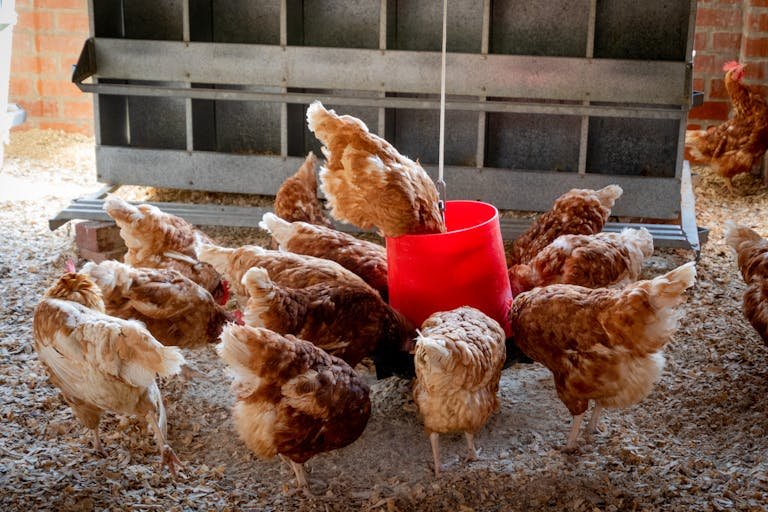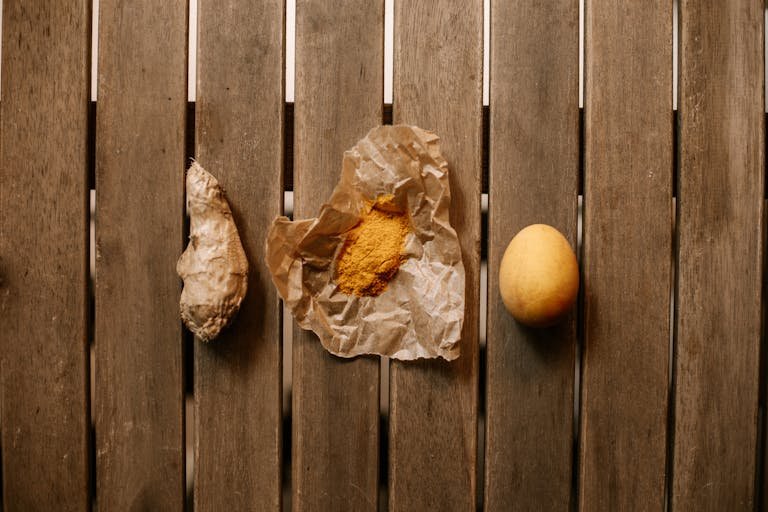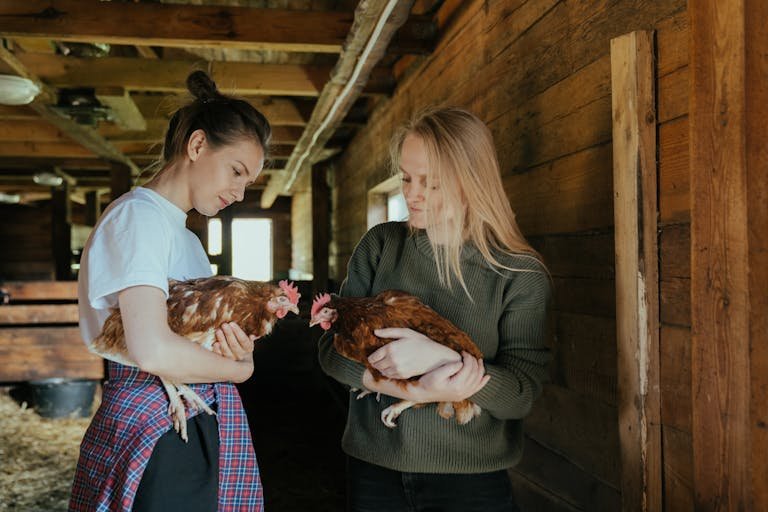Napoleon Knows NOT! Big Chicken Claws?
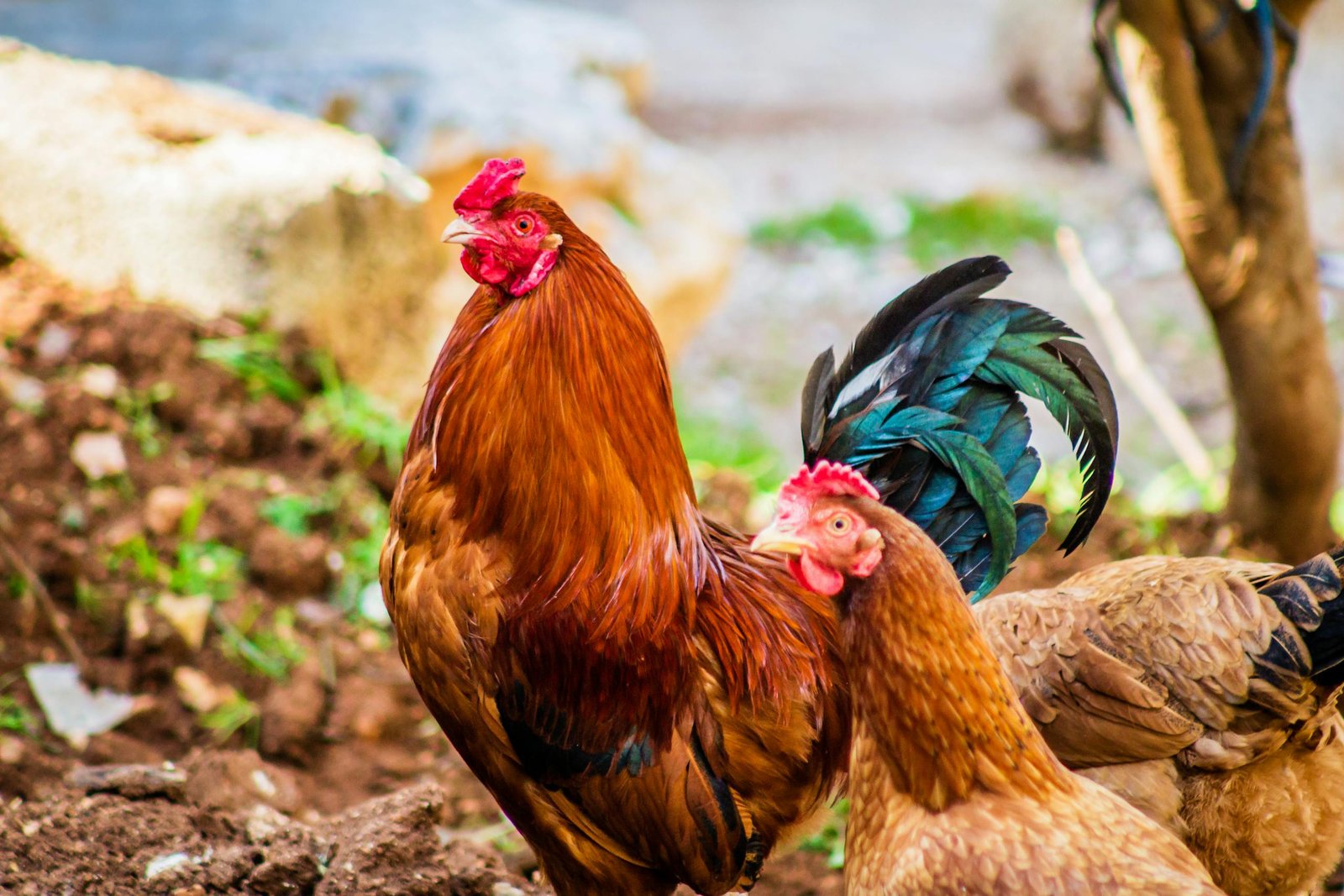
Do the Chickens Have Large Talons? It’s a question that often pops up, especially when people compare chickens to more intimidating birds like hawks or eagles. Understanding the anatomy of chickens and differentiating their claws from talons is key to dispelling this common misconception. So, let’s dive into the fascinating world of chicken feet and unravel the truth!
Do The Chickens Have Large Talons?
No, Chickens don’t have large talons. They actually don’t have talons at all. Talons are sharp, curved claws found on birds of prey like hawks and eagles. Chickens have feet with three toes in front and one in the back, and their claws are more like nails. These claws are helpful for scratching the ground to look for food and for perching on things.
Understanding Talons
Definition of Talons
Talons are sharp, curved claws that are primarily found on birds of prey. These formidable weapons are adapted for hunting and capturing prey. They are incredibly strong, allowing birds like eagles, hawks, and owls to grasp and kill their prey with precision.
Characteristics of Talons
Talons are known for their:
- Curved Shape: The sharp, hooked design is perfect for puncturing and gripping.
- Strength: Talons can exert a lot of force, essential for catching and holding onto prey.
- Size: Birds of prey often have larger talons compared to other birds, proportionate to their body size and hunting needs.
Examples of Birds with Talons
Birds that have talons include:
- Eagles: Known for their massive, powerful talons.
- Hawks: Equipped with sharp, precise talons for hunting.
- Owls: Their talons help them catch and hold onto their prey in the dark.
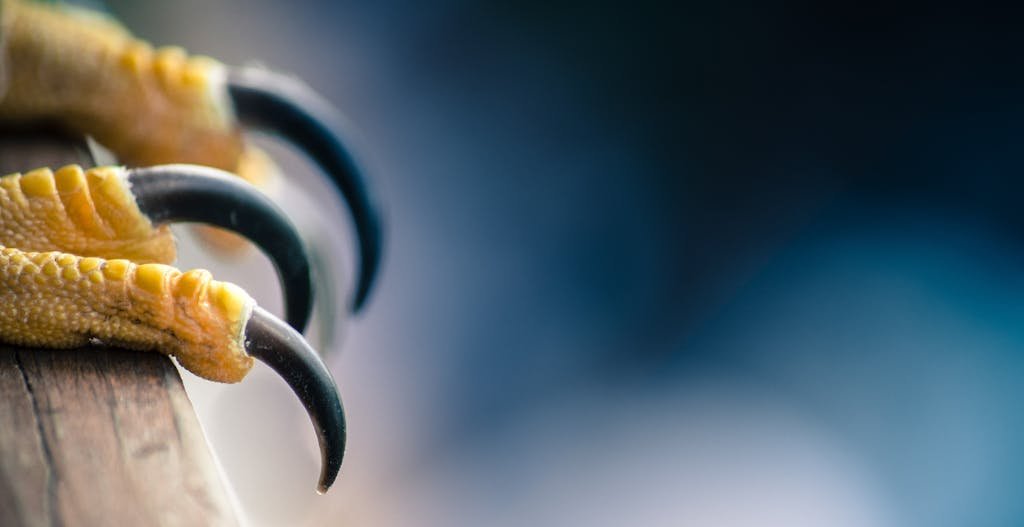


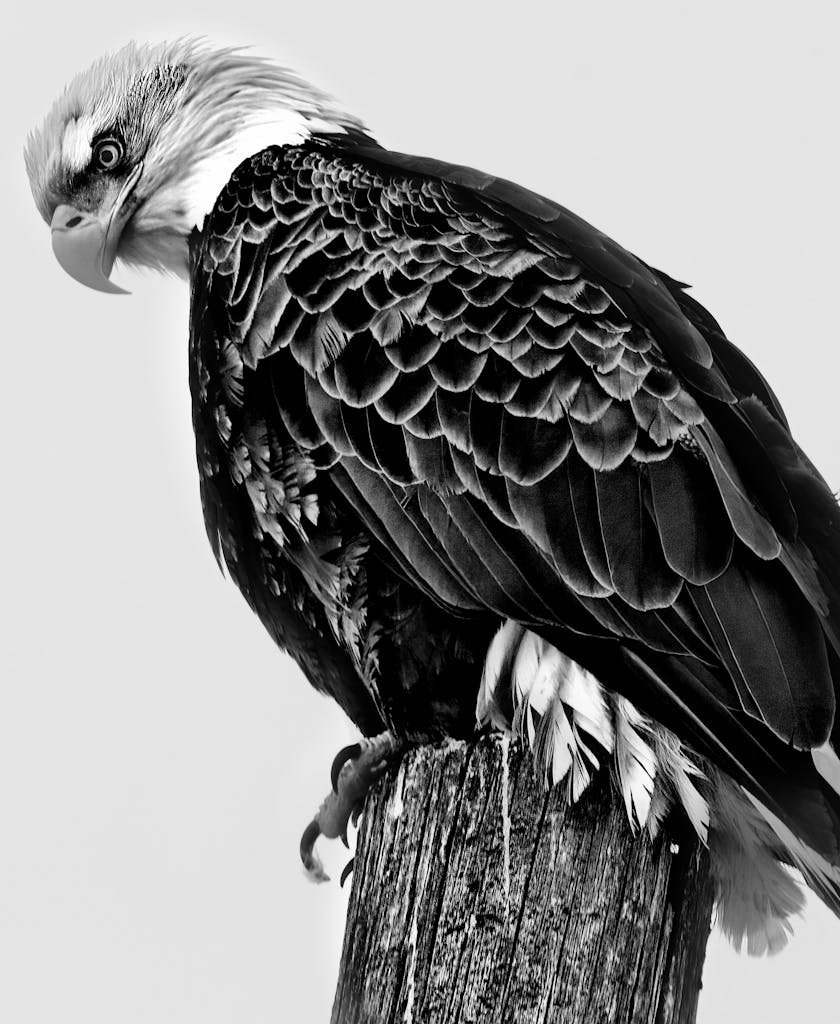
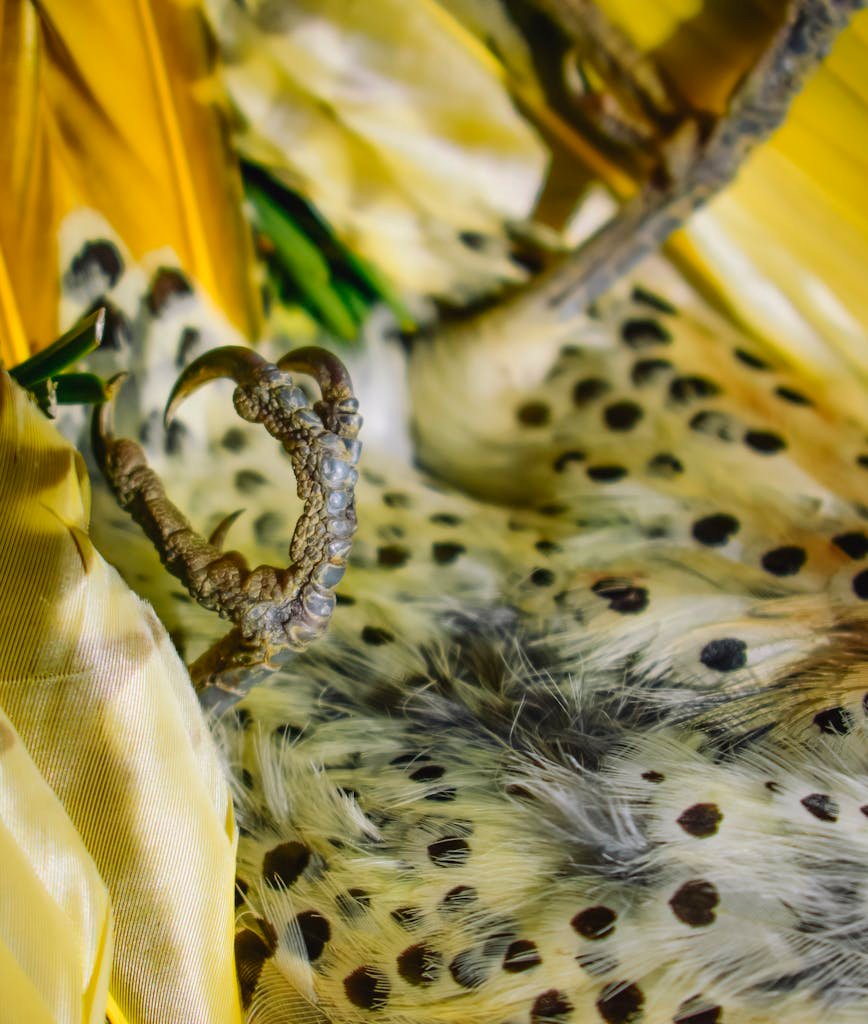
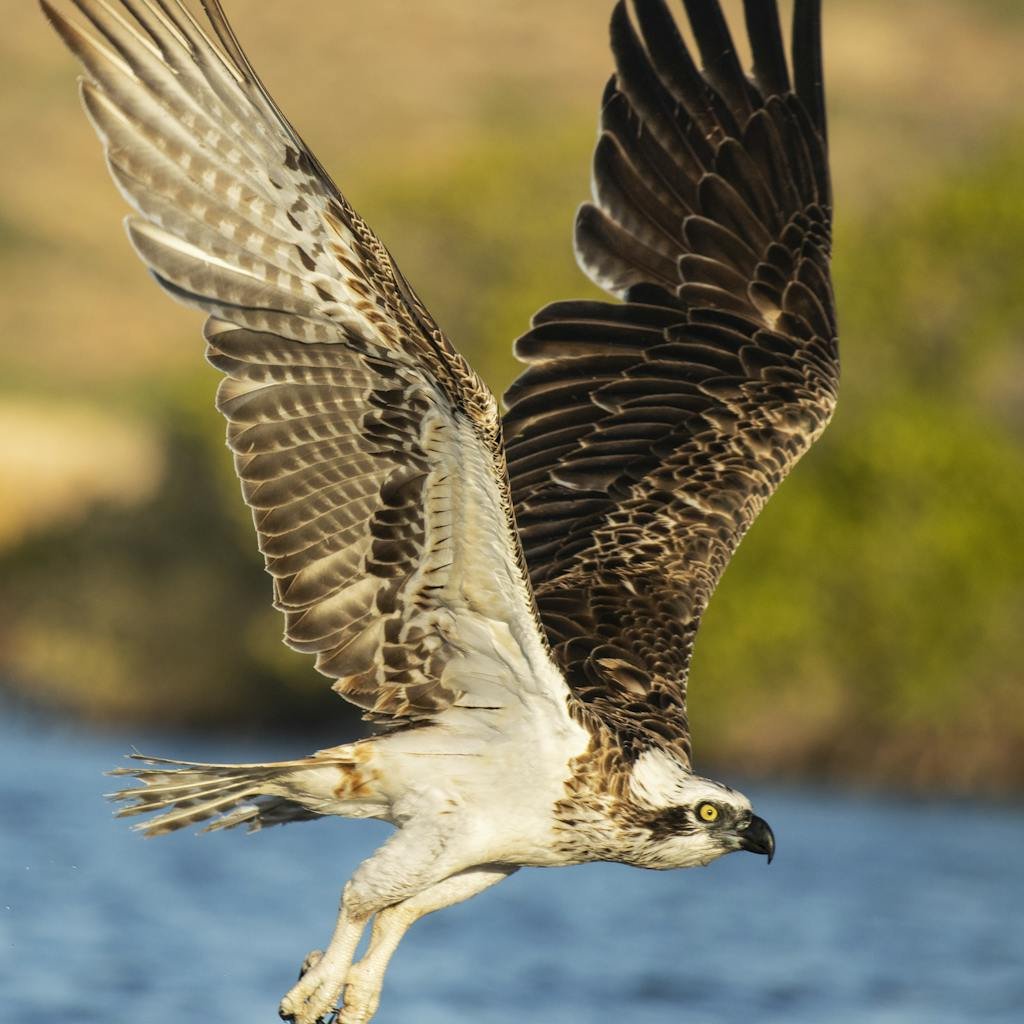
Chicken Feet Anatomy
Structure of Chicken Feet
Chickens have a distinctive foot structure. They possess three forward-facing toes and one backward-facing toe, all ending in claws. Unlike the curved talons of raptors, chicken claws are more like elongated, sharp nails.
Difference Between Chicken Claws and Talons
Chicken claws are:
- Straighter and Less Curved: Designed more for scratching and digging than gripping.
- Smaller in Size: They are proportionate to the chicken’s smaller body and less predatory lifestyle.
- Adapted for Ground Activities: Chickens primarily use their claws for scratching the ground in search of food, rather than hunting live prey.
Purpose of Chicken Claws
Functions of Chicken Claws
Chicken claws play several crucial roles in their daily lives:
- Scratching: Chickens use their claws to scratch the ground to uncover insects, seeds, and other food items.
- Foraging: Their claws help in foraging behaviors, which are essential for their nutrition.
- Perching: Chickens use their claws to grip onto perches, providing them stability and support while resting.
Comparing Chickens to Birds of Prey
Characteristics of Birds of Prey
Birds of prey, or raptors, are equipped with powerful features to support their hunting lifestyle. Their sharp talons and beaks are designed for killing and consuming prey.
Talons vs. Chicken Claws: Key Differences
While both serve as claws, talons, and chicken claws differ significantly:
- Functionality: Talons are meant for hunting and killing, while chicken claws are designed for foraging and perching.
- Shape: Talons are curved and sharp, perfect for gripping prey. Chicken claws are straighter and more suited for digging and scratching.
Common Misconceptions
Why People Think Chickens Have Talons
The confusion often arises from the general term “claws,” which can be misleading. Many assume all bird claws are similar, but the term “talons” specifically refers to the hunting claws of birds of prey.
Clarifying the Misunderstanding
By understanding the distinct purposes and structures of talons and chicken claws, it becomes clear that chickens do not possess talons. Their claws are adapted to their lifestyle, which revolves around foraging rather than hunting.
The Role of Chicken Claws in Farming
Importance in Agriculture
Chicken claws are invaluable in agricultural settings. They help chickens naturally aerate the soil, which can be beneficial for farms.
Benefits of Soil and Pest Control
As chickens scratch and forage, they help control pests by eating insects and turning the soil, which can promote healthier crops.
Chicken Claws in Different Breeds
Variations Among Breeds
Different chicken breeds have variations in their claw sizes and shapes. For instance:
- Silkies: Known for their extra toes and fluffy feathers, their claws can look quite different.
- Brahmas: Larger breeds like Brahmas may have more robust claws.
Breeds with Distinctive Claw Features
Certain breeds have distinctive claw features that make them stand out, such as extra toes or feathered feet.
Health and Maintenance of Chicken Claws
Regular Care Practices
To maintain healthy claws, regular inspection and trimming are necessary. This prevents overgrowth and ensures the chickens can move and forage comfortably.
Common Issues and Remedies
Issues such as overgrown claws or infections need prompt attention. Regular cleaning and proper living conditions help prevent these problems.
Impact of Environment on Chicken Claws
Free-Range vs. Caged Chickens
Free-range chickens typically have healthier claws due to natural wear and tear from outdoor activities. In contrast, caged chickens may require more frequent trimming.
Effects of Different Terrains
The type of terrain chickens live on affects their claw health. Hard, rocky surfaces naturally trim claws, while softer, muddy grounds may not.
Predatory Birds and Their Talons
Overview of Hawks, Eagles, and Other Raptors
Raptors are fascinating with their impressive talons, which they use to hunt, kill, and eat their prey. These talons are crucial for their survival.
How They Use Their Talons
Raptors use their talons to:
- Catch Prey: With incredible speed and precision.
- Kill Prey: By exerting immense pressure.
- Transport Prey: To a safe location for consumption.
Evolutionary Perspectives
Evolution of Bird Claws and Talons
Over time, different birds have evolved claws and talons suited to their specific needs. Raptors developed powerful talons, while chickens evolved claws for foraging.
Adaptive Differences Over Time
These evolutionary adaptations highlight the diversity in bird species, showcasing how each has specialized to thrive in its environment.
Cultural and Historical Views
Chickens in Mythology and Folklore
Chickens have appeared in various mythologies and folklore, often symbolizing fertility and domesticity.
Historical Uses of Chicken Claws
Historically, chicken claws have been used in folk medicine and crafts, believed to hold various symbolic meanings.
Read Also: Do Chickens Have Toes?
Final Words
In conclusion, chickens do not have large talons. Their claws, though sharp and functional, are designed for scratching, foraging, and perching rather than hunting. Understanding the difference between talons and claws helps clarify why chickens, unlike raptors, are equipped with these unique adaptations. Next time you see a chicken scratching away in the dirt, you’ll know exactly why their claws are perfect for their lifestyle.

